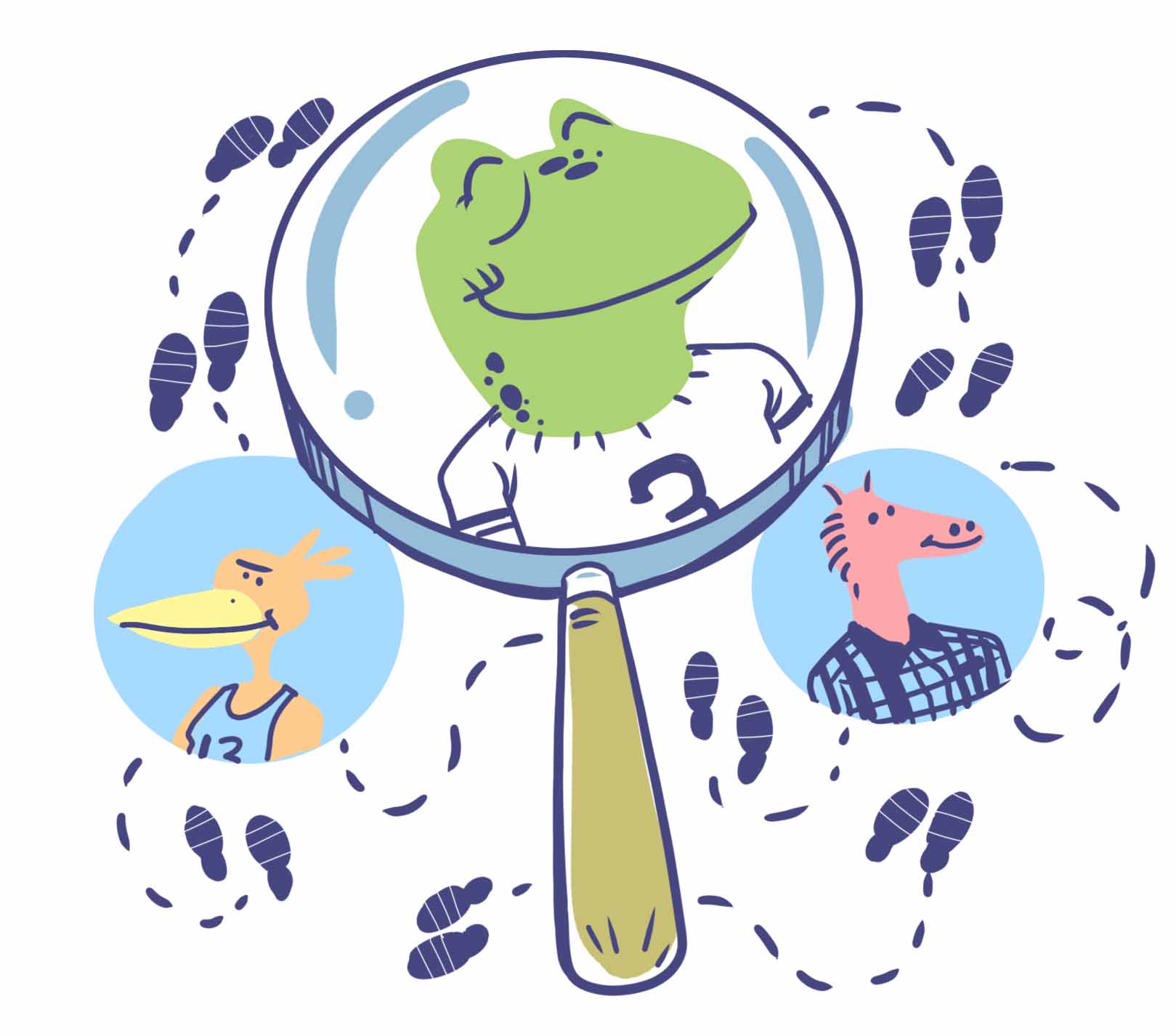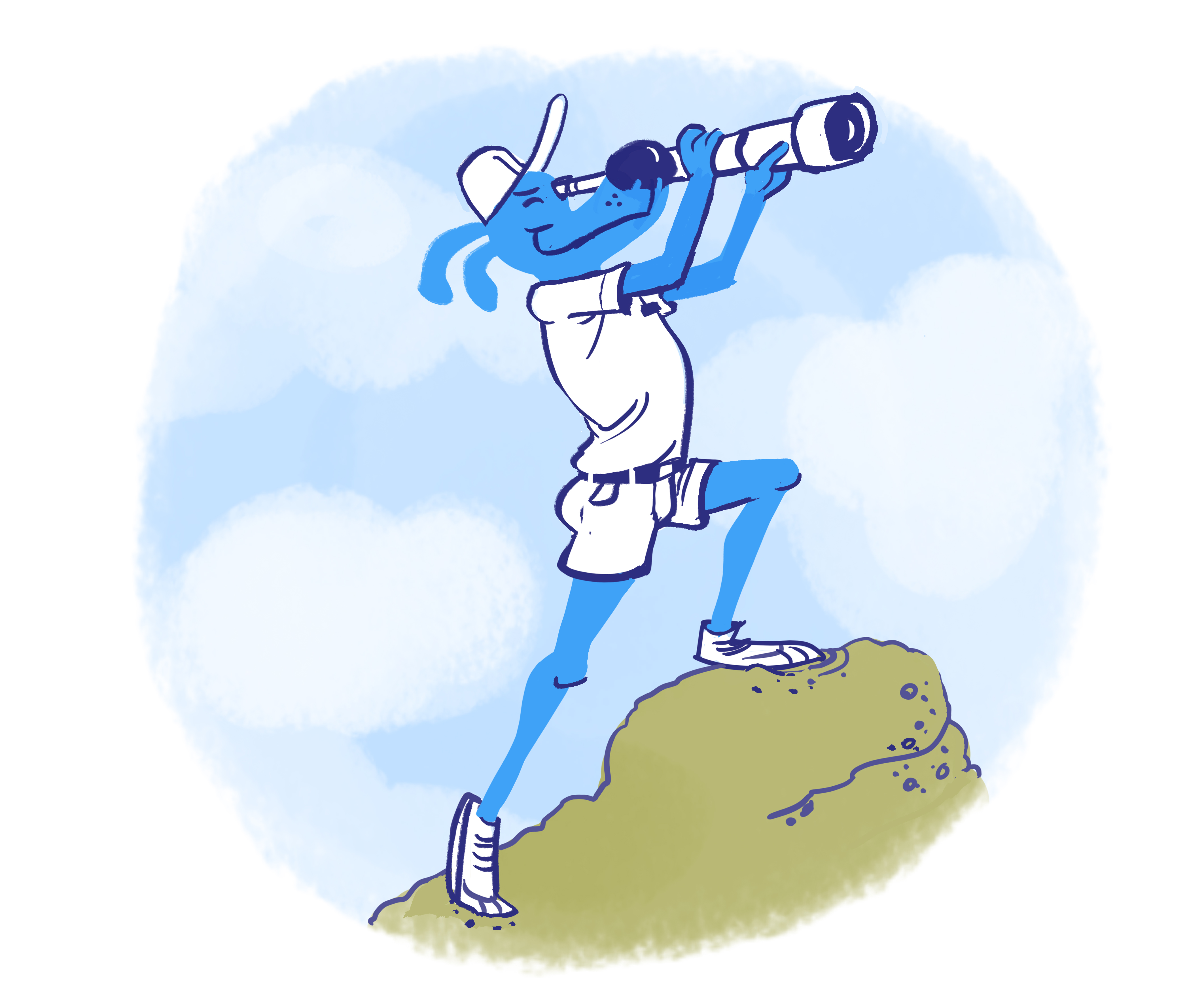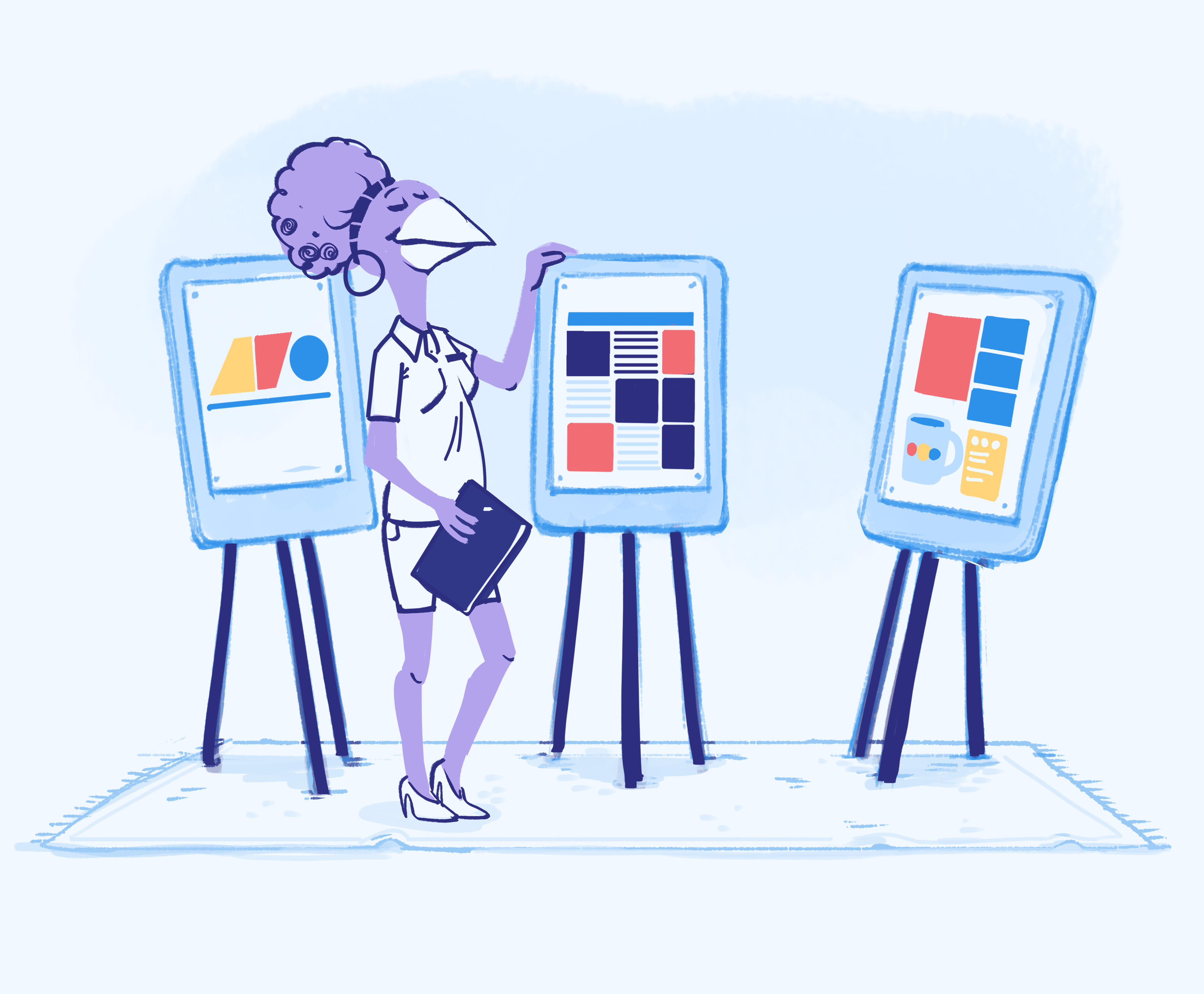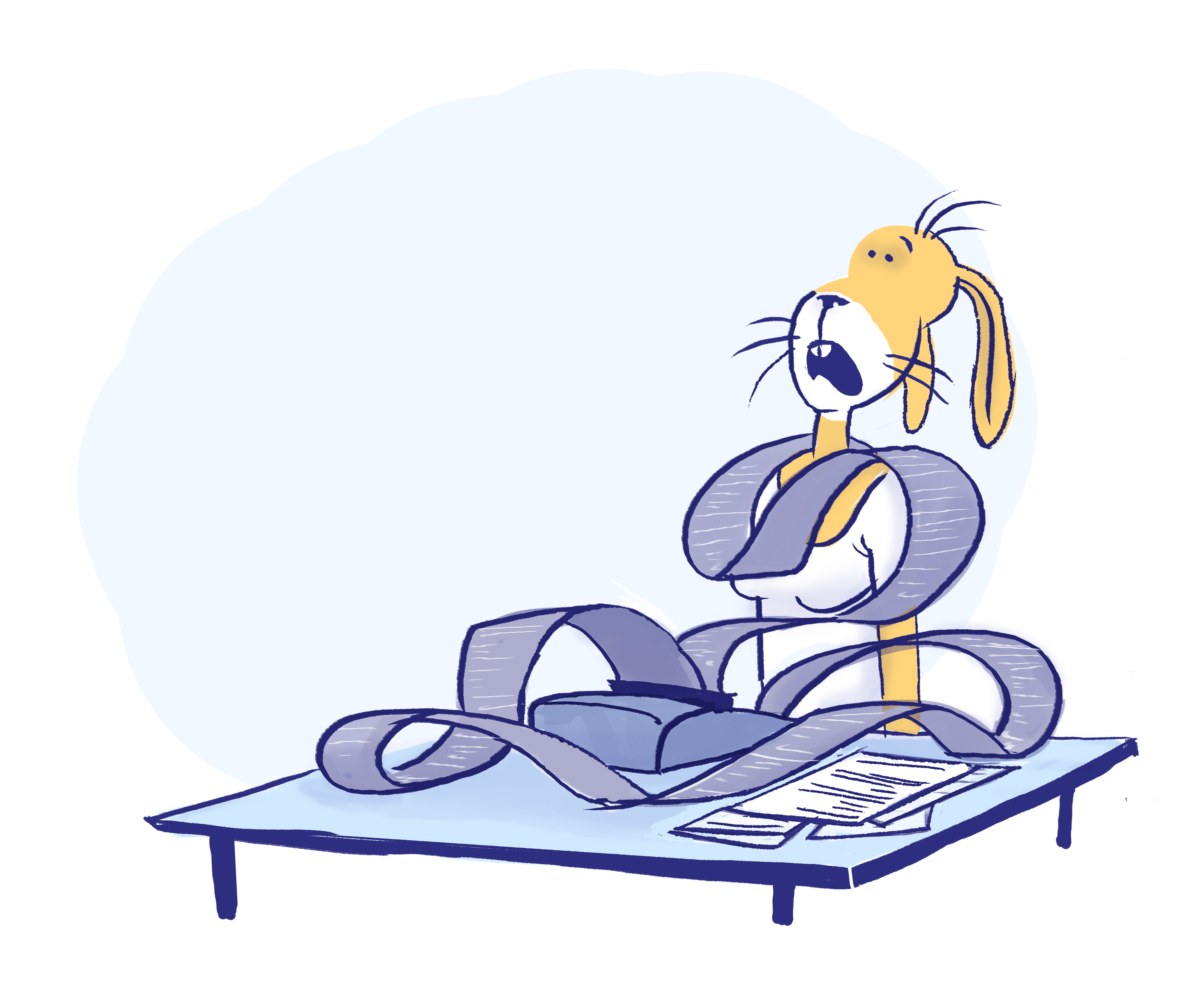Customer journey maps function as a big picture view of the entire customer lifecycle, breaking down the multiple stages that occur over the course of the relationship and pinpointing what goes in to moving a customer from one stage to the next. It can be as elaborate or simplistic as you want, and can also be tied to separate, more detailed maps and charts, including your customer activation map.
Key components
Break your customer journey down into stages, placing them in order. Stages vary depending on your customer base, business model, and the types of products or services you offer, but some universal basics include:
Awareness: how the customer found your brand
Consideration: what the customer read, heard or experienced as they developed an opinion of your brand
Purchase: when, how, and why the customer decided to try your service or product
Relationship building: how the customer reacted to engagement campaigns, product offers, and other communications
Repeat purchases: what the customer does and experiences when they initiate subsequent transactions
Filling it out
Under each main stage of the customer journey, list the action the customer took, what their satisfaction level or experience was when taking that action, and the efforts or engagement campaigns that prompted that action. There will be multiple answers to each data set; for example, there should be several ways a customer is introduced to your brand, including a Google search, seeing a post on social media, or finding an ad on a site they frequent. The following customer journey example outlines each stage, each component under that stage, and notes an example of the type of data to include.
Awareness
- Behavior/action: Searched for information related to your industry and visited your site
- Emotion/experience: Finds the information helpful/interesting
- Effort: You researched what your potential consumers were interested in and integrated that into your content marketing strategy
Consideration
- Behavior/action: Checks out your social media accounts
- Emotion/experience: Finds satisfied customer reviews and starts to trust your brand
- Effort: You were engaging with current customers in a helpful, thoughtful manner
Purchase
- Behavior/action: Finds a needed product and completes a transaction
- Emotion/experience: Satisfied with the ordering process and delivery time or in-store service
- Effort: You targeted an ad to their newsfeed, prompting them to visit your store
Relationship building
- Behavior/action: Reached out to ask a question about the product they purchased
- Emotion/experience: Pleased with the personalized support provided by your team
- Effort: You utilized customer relationship management software so your team knew everything about the customer the minute contact was made
Repeat purchases
- Behavior/action: Clicks on a link in an email showcasing that month’s sale and deals and purchases a product
- Emotion/experience: Satisfied with the ordering process and customer service
- Effort: Acquiring contact information during the first transaction allowed you to inform the customer of sales that would interest them
Things to remember
- Build the flow from the customer’s point of view, basing it on what your customer actually does, thinks, and experiences
- Include positive and negative emotions and experiences to create a realistic journey map that’s actionable, not an idealistic map
- Treat the map as a living document, adjusting and adding to it as you alter and create campaigns, forge new customer engagement initiatives, and receive more data from customers
Every business’s map will look different, and you may need to remove some information fields or add additional ones to make the journey map work for you. But if you pay attention to details, the result is a strong visual tool that allows you to target your customer service, products, and marketing to bring customers in and keep them coming back for more.




